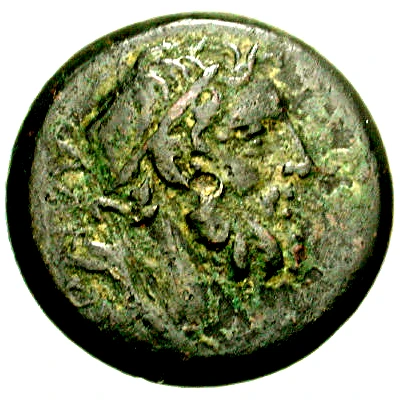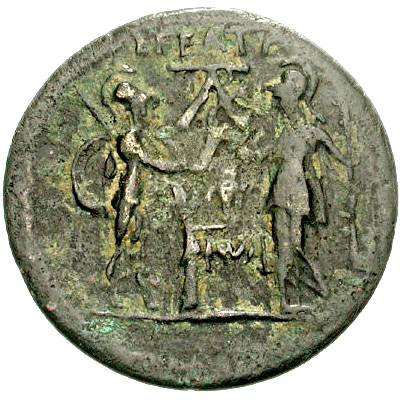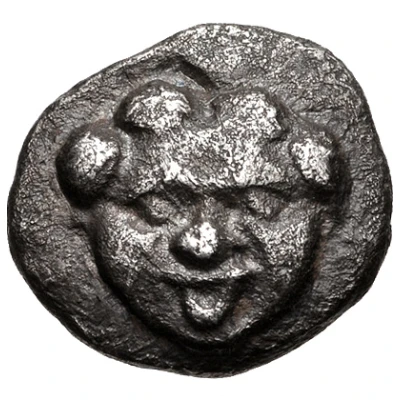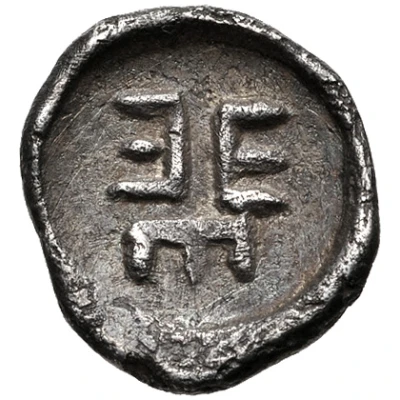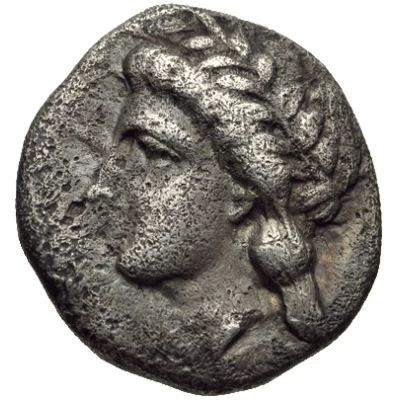
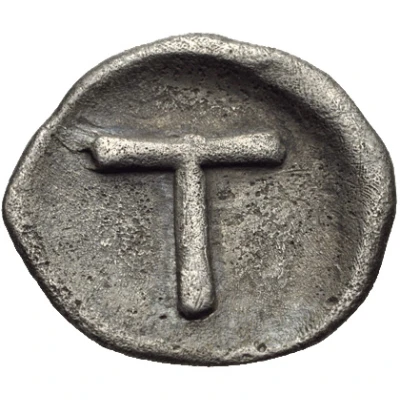

© Classical Numismatic Group, Inc.
Obol 423 BC - 400 BC
| Silver | 0.77 g | 10.0 mm |
| Issuer | Tegea (Arkadia) |
|---|---|
| Type | Standard circulation coin |
| Years | 423 BC - 400 BC |
| Value | Obol (⅙) |
| Currency | Drachm |
| Composition | Silver |
| Weight | 0.77 g |
| Diameter | 10.0 mm |
| Shape | Round (irregular) |
| Technique | Hammered, Incuse |
| Demonetized | Yes |
| Updated | 2024-10-10 |
| Numista | N#145537 |
|---|---|
| Rarity index | 100% |
Reverse
Large T within incuse circle
Script: Greek
Interesting fact
The Obol coin from Tegea was used as a form of currency in ancient Greece during the 5th century BC. It was made of silver and weighed approximately 0.77 grams. Despite its small size, the Obol was an important coin in ancient Greece, as it was widely used in trade and commerce. In fact, the Obol was the standard unit of exchange for everyday transactions, and it was often used to buy small items like food, clothing, and other household goods. Interestingly, the Obol coin from Tegea features an image of a boar on one side and a helmeted warrior on the other. The boar was a symbol of strength and bravery in ancient Greece, while the helmeted warrior represented the power and authority of the city-state of Tegea. These symbols were meant to convey the wealth and prestige of Tegea, and they were a testament to the city's rich history and culture. Overall, the Obol coin from Tegea is a fascinating piece of history that provides a glimpse into the daily life and commerce of ancient Greece. Its small size and intricate design make it a valuable collector's item, and its historical significance makes it an important artifact for anyone interested in ancient Greek culture.
